SeisComP3 release Jakarta-2017.124
May 8, 2017
Categories:
Products
First some statistics for all changes and bugfixes :
We have removed
47910 and added
31933 lines of code. 50% of those
numbers are related to the generation of the Python wrappers with Swig.
500 files were changed whereas 152 files are related to the update of Spread
from version 4.3 to version 4.4. 82 additional file changes were caused by the
LocSAT cleanup.
scolv
Spectral analysis in the scolv picker window.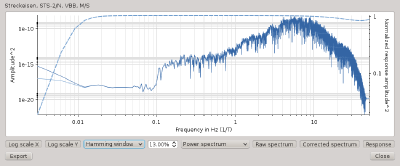
More new tools and features are expected to be integrated in the Tools menu in the future.
LocSAT
The default locator code SeisComP3 uses is rather old. It was Fortran code translated to C with f2c which dates back to 1990. Usually LocSAT is only used to locate events but for consistency with computed travel times it would be desirable to also use the travel time computation of LocSAT detached from the location process. LocSAT exposes an interface with compute_ttime and a SeisComP3 interface has been implemented in its early days.
Until now we haven’t used that interface in favor of libtau which provides more information such as angular slowness and take-off angles. Now that we have developed a tool to evaluate the network performance (-> npeval) which depends on massive travel time computation calls, we have tried to use the LocSAT functions because they run much faster than their libtau counterpart (for good reason and we are only interested in the first onset time) and vastly improve processing speed for npeval. We did it and found that each npeval call gave different results. We started to dig into the LocSAT code and while studying functions that were translated to C with f2c, we reformatted the code and cleaned up the sources files to get a better understanding of what is going on. It turned out that the initialization of the travel-time table arrays was missing. The travel-time arrays have a fixed size and are populated from the travel time table files. If the array was not completely used, the remaining entries were garbage (or random numbers) and led to unpredictable results. Initializing the arrays with the default value fixed the problem so that thousands of runs of npeval resulted in the same output.
With this fix, the LocSAT interface can now also be used in scanloc for phase association providing a performance speed-up.
In addition to the cleanup, unused C files have been removed. Most of them dealt with input/output operations for dates/times and stuff that we don’t use. Removing all f2c dependencies from LocSAT code is still on the road map and might be finished in the next release.
scconfig
Documentation panel of scconfig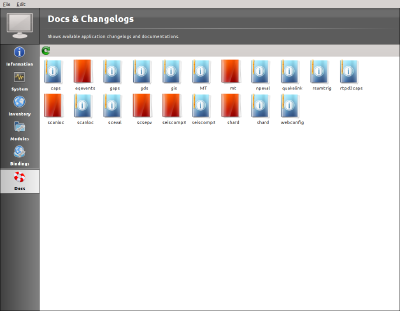
scevent - region check
scevent region check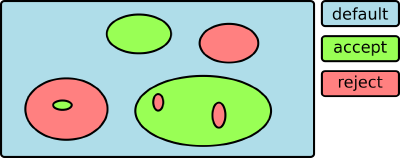
scmv
Show details in MapView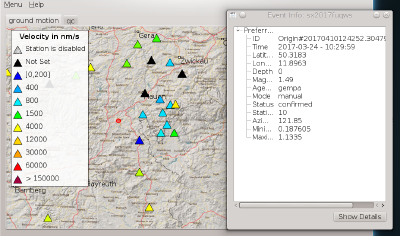
Map widget
Drawing polygons in MapView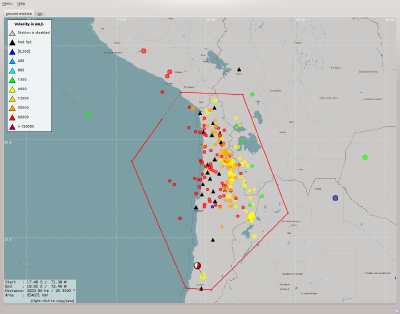
To draw a polygon, press and hold the CTRL key. Click in the map at the starting point of the polygon. When you now move the mouse you should notice a line drawn from the last clicked position to the current mouse position. Click again to fix the next position and so on. A dashed red line is drawn from the last position to the first. When you are done with the polygon, right click in the map at the last position and select Measurements -> Copy to Clipboard or Measurements -> Save as BNA File.
scrttv
P and S picks together with waveforms in scrttv.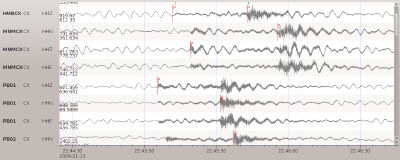
Magnitudes
All local magnitudes are now configurable in scconfig. The configuration options include the calibration functions and magnitude corrections as well as the way the amplitudes are computed.
